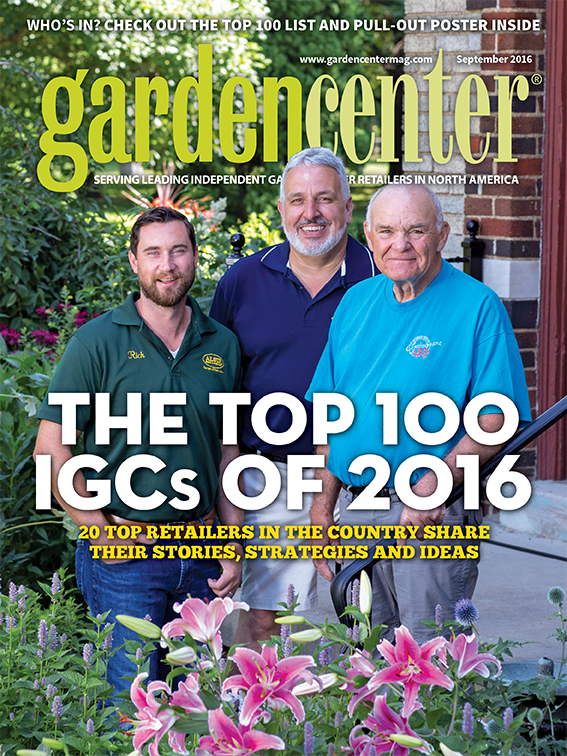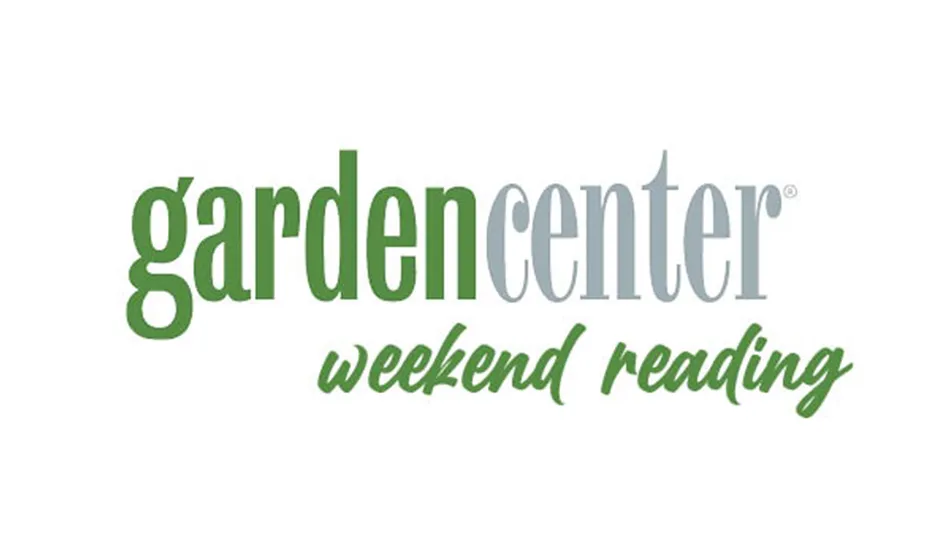
Q: What can you tell us about the history of your business and its services?
A: I started out originally being more agriculturally-oriented. We served farmers in this area, but then as things changed, farming kind of went away, but we still sold some of the farming-type heritage product here, but it transitioned over more and more into lawn and garden and nursery. We still have the strong agricultural component to it where we sell pet food and feed. But it’s all in the back yard. It’s not commercial anymore.

Q: How has the practice and popularity of agriculture shifted in your market over the years?
A: It’s funny how things have changed. Anything related to growing food, we’re pretty much into it. [We’re] selling vegetables and fruit plants and bare-root strawberries in the spring and sweet potatoes and onions … and we’re coming up on garlic season pretty soon. We’re now [also] selling apiary supplies and poultry supplies. The young people are into sourcing and producing their own food, kind of like a hobby, and things came around again.
I have so many young people coming in and looking for information — and of course, we’ve got it — on how to do [everything]. I’m selling close to 200 50-pound bags of poultry feed a week here, and no one’s buying more than one or two.
Q: Of course, you’re not the only one providing edible growing supplies. What have you had to do to differentiate your offerings and strengths?
A: What we try to do is have better service and come close in pricing to what the box stores do. Twelve years ago, we joined Home & Garden Showplace, a division of True Value, and that helped us out because that enabled us, being a member of a co-op, to get help with sourcing products and getting the prices down so we can compete. So, that association has worked out great.
Q: How has 2016 been for you so far?
A: Because we’re a year-round business operating from January on through, winter was horrible because we didn’t really have a winter here. So, some of the businesses we have that time of year, like the bird feed business, is off because there wasn’t much snow on the ground. Firewood sales were way off, ice [melting product sales] were way off. So, we started out in the hole, but at this point now, we’re about 2 percent up to the year over last year. We recovered in June and made up for the slow start to the spring and winter, but more recently, sales have started to trail off because we’re in a bad drought, unfortunately.
Q: Are there any particular products or strategies you’re implementing to help you come back from the slow start this season?
A: I would say that with the bounce back in the economy, we’ve invested more into woody ornamentals this season than we had in several years. We’ll see how it pans out, I’m not sure yet. This drought is having an effect on that, so we’ll see. Annuals and perennials have been growing more recently, no question. We tried to put in more woodies this year – the hope was that financially, the market was back, but we’ll see.
In Eastern Massachusetts, the economy’s good, the housing around here in increasing and a lot of new people are moving in, so we’re hoping that’s all going to be positive. In terms of our regular base of customers, the annual and perennial business is very good this year.
Q: What would you say has helped Morrison’s Home and Garden stay competitive among the Top 100 IGCs in the country?
A: Good staff. We keep on pushing, we keep on training. We invest in training. In this state, the extension service [of the University of Massachusetts] has a program which they offer every other year that they call Green School, which is a pretty intensive training program. We’ll be sending three people again this year. The better your employees are, the better it seems to work and the more people tend to come back and you get a favorable response on it. By the time you add up the cost of the program, the wages, the time spent in getting the people there, it averages about $2,000 per person. So it’s an investment. We hire on personality and teach from there.

Explore the September 2016 Issue
Check out more from this issue and find you next story to read.
Latest from Garden Center
- Weekend Reading 5/17/24
- GardenComm 2024 Annual Conference registration is open
- Landmark Plastic celebrates 40 years
- Proven Winners introduces more than 100 new varieties for 2025
- Weekend Reading 5/10/24
- The Family Business, Part 2: Agreeing (and disagreeing) on capital investments
- Registration opens for Darwin Perennials Day
- Weekend Reading 5/3/24





